While Jean-Michel Basquiat and Keith Haring may seem unlikely influences for a show about a teen superheroine, the creatives behind Moon Girl and Devil Dinosaur beg to differ. The series is as much about 13-year-old Lunella Lafayette as it is about the city she inhabits: New York during its creative heyday.
Marvel’s first Black teen superheroine, the science-minded Lunella—aka Moon Girl—accidentally rips a hole in the space-time continuum. The result is Devil Dinosaur, a 10-ton T-Rex. Together they fight crime during mysterious power blackouts on the Lower East Side.
“When [Executive Producer] Laurence Fishburne and I got together and started discussing what the show should feel like, we had a very shared vision—starting with New York and what New York represents,” says Executive Producer Steve Loter. They talked about art inspirations, which also included graffiti, street murals, and Andy Warhol’s screen printing. They brought in Production Designer Sean Jimenez who created a look “that feels like a kind of comic book printing process but still has a really interesting artistic flair,” Loter says.
Supervising Director Ben Juwono says this included spotting blacks, a classic inking technique used by comic artists—filling in strong lines and areas with solid black to focus the eye, create contrast, and add depth. “We pulled all of these notions from old comic books to try to apply it to an animated series, which we had never seen before,” he says.
“[There were times] where we went back to the script after a screening because one of our revisionists [or] production coordinators pointed out something that, hey, shouldn’t we approach this a different way? And we go, you are absolutely correct, we should rethink this… To make sure we have the most authentic storytelling that we could possibly have…”—Ben Juwono
Along with an eclectic array of art influences, “our Animation Lead Kat Kosmala helped us find four different animation styles,” Juwono says. Moon Girl employs the fluid style reminiscent of Disney classics; the snappy style popular in anime, which gets a character from one strong pose to the next with the least amount of imagery; pose-pop style, where a character pops into the next pose with no in-between; and still parallax, where a scene holds for a few seconds, giving viewers a chance to enjoy the illustration. The latter style, Juwono says, helped capture that comic book feeling where you can look at a panel for a long time.
While it seems that art is the driving force behind the tone of Moon Girl, music is equally important. “We talked in the beginning about how Cowboy Bebop and Samurai Champloo were big inspirations because they managed to incorporate music and style to the storytelling,” says Juwono.
Three-time Grammy Award® winner Raphael Saadiq serves as the Executive Music Producer, and the team took an unusual approach to the soundtrack. “It’s not the kind [of series] where you shoot the show, you finish the show, and then you send it to a composer to compose a score over it,” says Juwono. “Rather, the scripting of the story includes the music that needs to be in it. The dialogue, the movement is all choreographed to the music piece that is being played in that sequence.”
“It can be a slow-paced song for an action sequence, which is great because it provides a different avenue of visuals,” Loter elaborates. “What’s amazing about Rafael on many levels is not only his knowledge of music and different genres and types of music. [It’s] the ability to process thematically what a song needs to say.”
With so many different animation, art, and music styles, Moon Girl could feel chaotic. What keeps it grounded are the characters. Lunella lives in a multigenerational household with her parents and grandparents, who serve as a kind of chorus as she embarks, secretly, on her superhero missions.
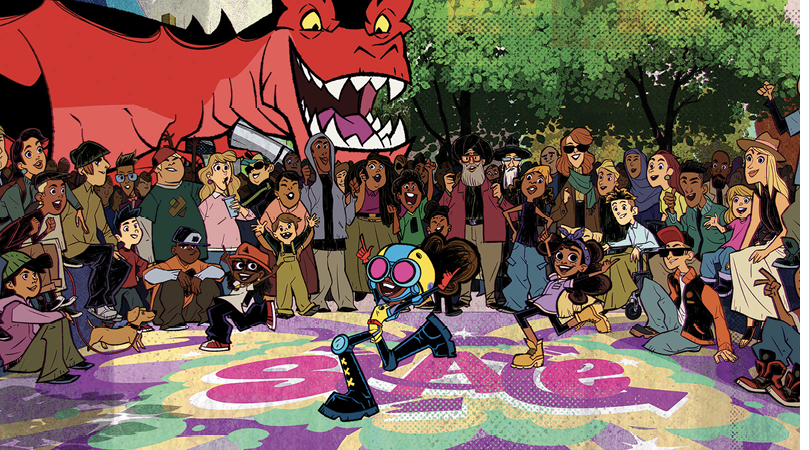
Early on, Loter says, the production brought on Kate Kondell and Jeff Howard, who served as Story Editors and Co-producers. With a feature-writing background, they had experience doing deep dives into characters. The result was an hour-long presentation for each character so that for every story, they understood what the characters’ motivations and reactions would be.
As for what the supporting cast of characters discusses, “With the world changing and shifting constantly, it felt like it would be a disservice to not address the issues we’re dealing with now on a daily basis,” says Loter. “The New York you see in the show is almost a fantasy version of New York in a way, where it’s pre-gentrification. It’s when things were still creative, and everyone felt like they could have a voice in the city. We wanted to capture that moment in time but apply [today’s] real world issues.”
One issue that is addressed both on and offscreen is diversity. Moon Girl has a nearly all-female writing room and directing team, and there is an overall 80% diversity rate on the crew. These perspectives filter throughout the development of the show itself.
Whether in the storyboard, animatic, or editorial process of crafting an episode, Juwono says the characters and stories continued to evolve. “[There were times] where we went back to the script after a screening because one of our revisionists or one of our production coordinators pointed out something that, hey, shouldn’t we approach this a different way? And we go, you are absolutely correct, we should rethink this.”
“It could be regarding representation. It could be about a line of dialogue. It could be about a variety of things,” says Loter. “I just think it’s important to keep your views open to that. It was really important to make sure everyone’s voice was heard and represented.”
“To make sure we have the most authentic storytelling that we could possibly have,” adds Juwono.
To this end, all roads lead to the main character, Lunella. “Every episode had a thematic element that was relatable to a 13-year-old,” says Loter. “This episode is about jealousy, or this episode is about impatience. It was always the human aspect first.”



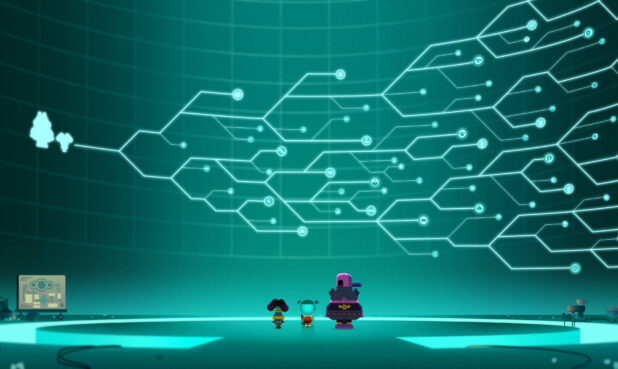
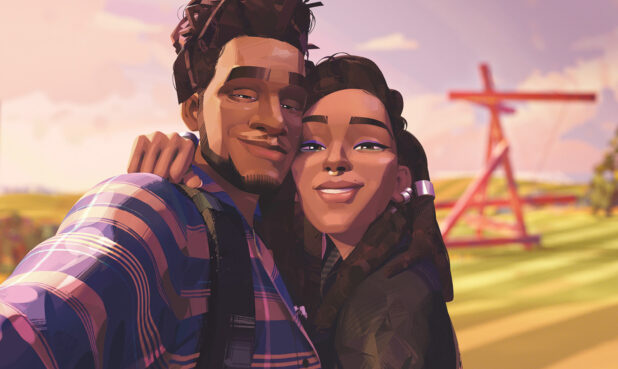
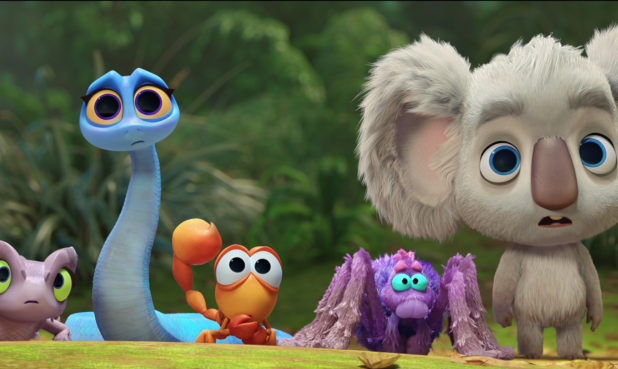
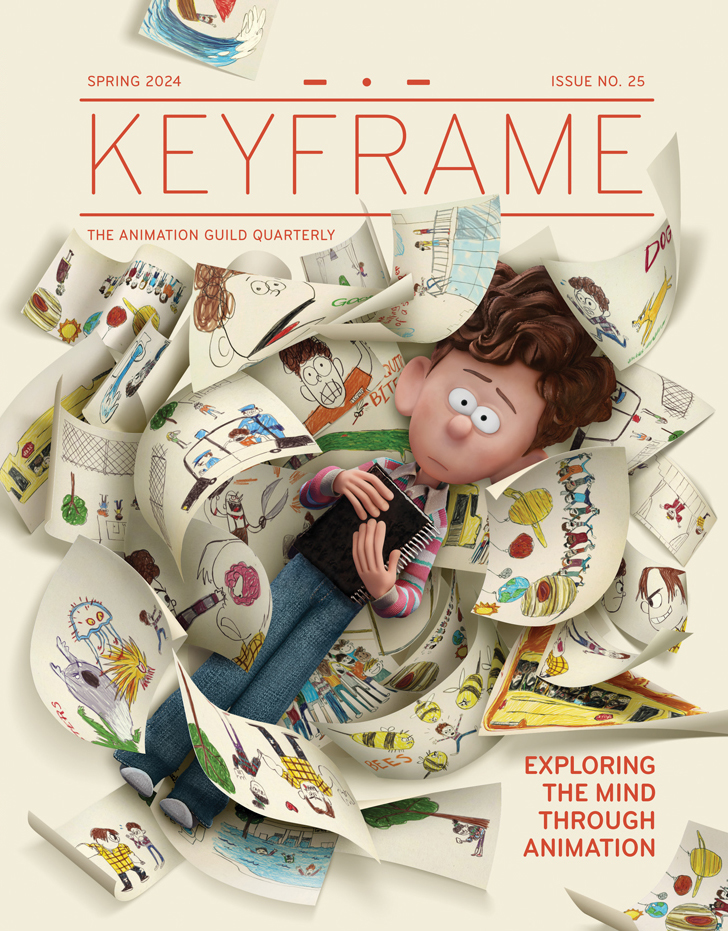

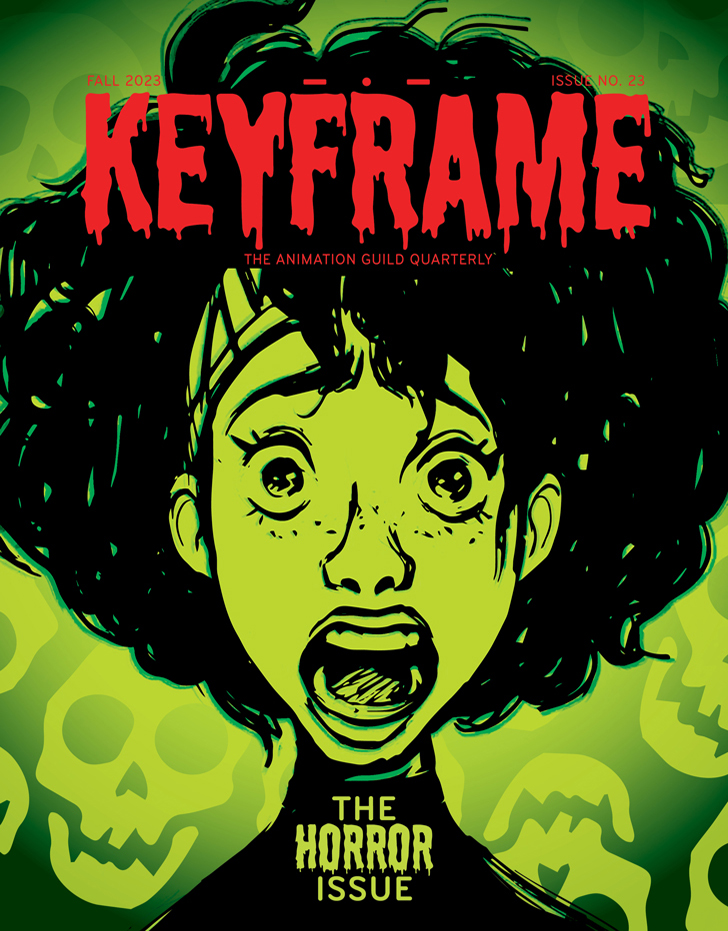
.png)